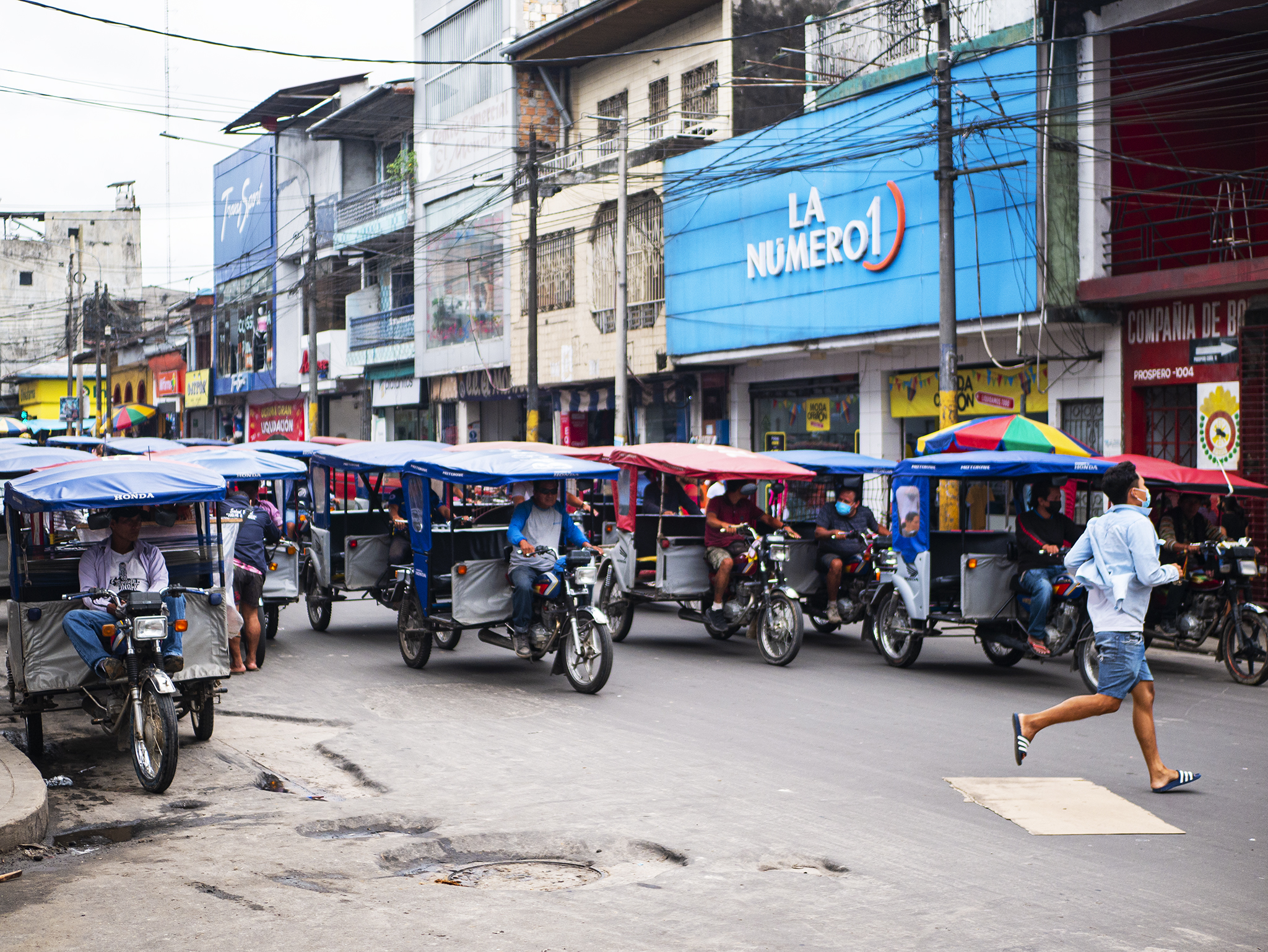Iquitos marks the heart of the Peruvian Amazon. Situated in the country’s northeast, and home to almost 500,000 people, it’s the world’s largest city that cannot be reached by a road. The only land-based method of arrival is via boat, either from Yurimaguas to the west, or the Colombian/Brazilian border to the east.
It’s also, hands-down, the dirtiest city I visited in Peru. Any visions of a pristine Amazonian utopia should be dispelled immediately. One of the key issues when you don’t have any roads leaving a city is that it becomes considerably more difficult to dispose of waste. The streets of Iquitos, especially in the less-resourced areas, are lined with rubbish. One particularly disgusting consequence of this is that when tropical downpours occur, as they often do, the city’s drainage system is too clogged with trash to be able to function properly. The result is that the streets become flooded with a noxious black liquid – a smelly combination of rainwater and rubbish that is ankle deep in places, and would probably kill you if you were dumb enough to drink it.

Despite this, Iquitos still has a certain charm to it. Its stiflingly humid climate and endless supply of mototaxis make it feel more like Southeast Asia than South America, and it is the gateway to some of the most spectacular parts of the Amazonian rainforest.
While Iquitos isn’t the most tourist-friendly city in Peru, if you dig beneath its polluted surface, you’ll find delicious food, hidden hangouts, and some of the kindest locals you’ll ever meet.


